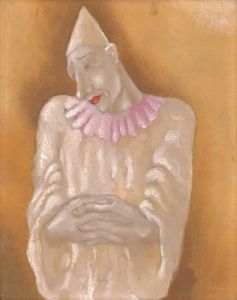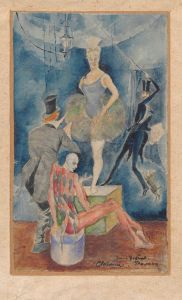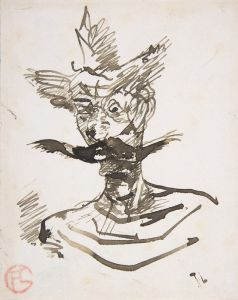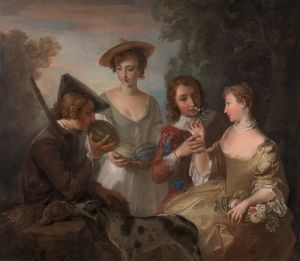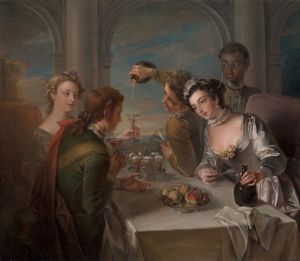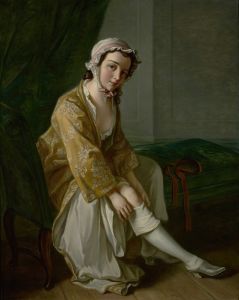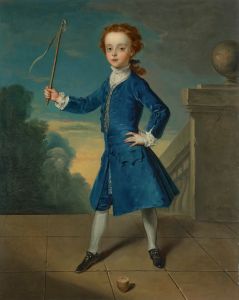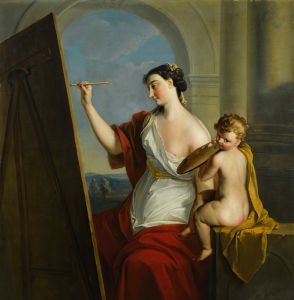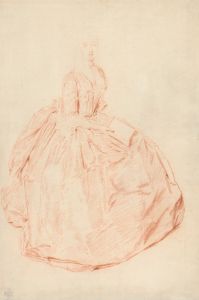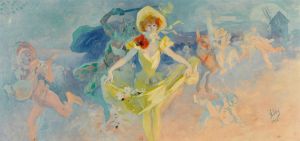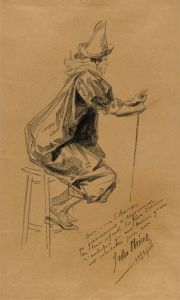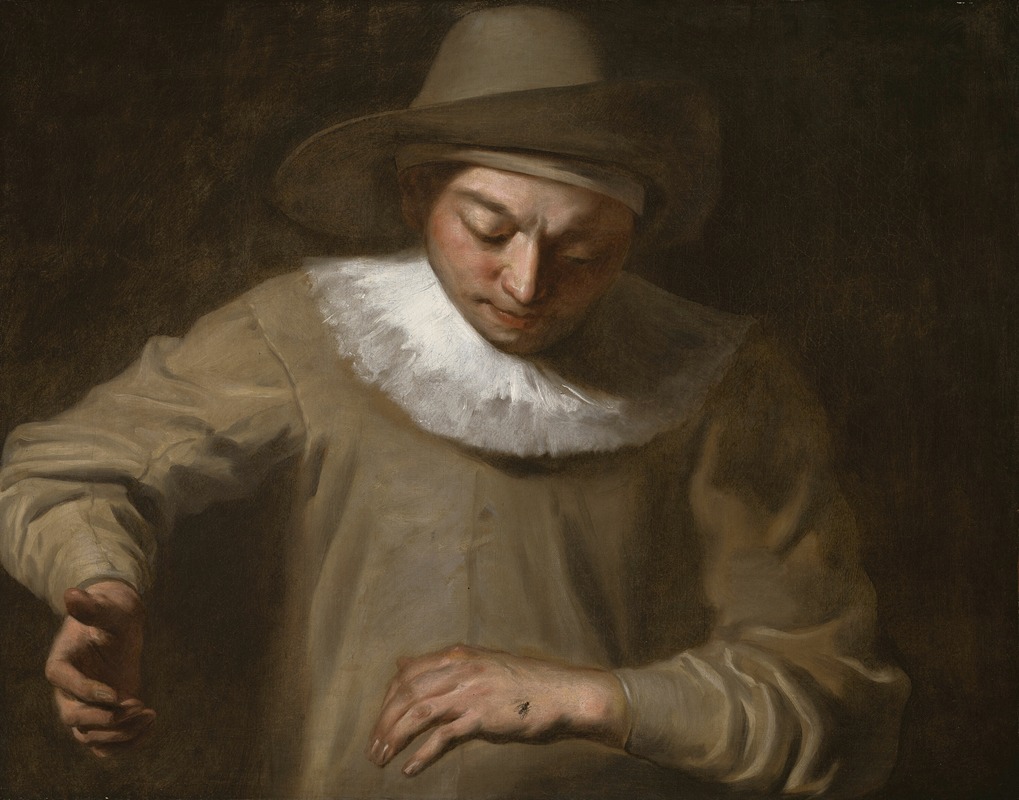
Pierrot Catching a Fly
A hand-painted replica of Philippe Mercier’s masterpiece Pierrot Catching a Fly, meticulously crafted by professional artists to capture the true essence of the original. Each piece is created with museum-quality canvas and rare mineral pigments, carefully painted by experienced artists with delicate brushstrokes and rich, layered colors to perfectly recreate the texture of the original artwork. Unlike machine-printed reproductions, this hand-painted version brings the painting to life, infused with the artist’s emotions and skill in every stroke. Whether for personal collection or home decoration, it instantly elevates the artistic atmosphere of any space.
"Pierrot Catching a Fly" is a painting by the French-born artist Philippe Mercier, who was active during the 18th century. Mercier was known for his genre paintings and portraits, and he played a significant role in bringing the Rococo style to England. Although not as widely recognized as some of his contemporaries, Mercier's work is appreciated for its charm and attention to detail.
The painting "Pierrot Catching a Fly" depicts the character Pierrot, a stock figure from the Italian commedia dell'arte, which was a form of theater characterized by masked "types" and improvised performances. Pierrot is typically portrayed as a naive and love-struck clown, often dressed in loose white clothing. In this painting, Mercier captures Pierrot in a moment of whimsical engagement, attempting to catch a fly. This scene is emblematic of the light-hearted and playful nature often associated with Rococo art, which frequently explored themes of leisure and amusement.
Philippe Mercier's choice to depict Pierrot aligns with the 18th-century fascination with commedia dell'arte characters, who were popular subjects in both visual and performing arts. The painting reflects the Rococo style's emphasis on playful themes, soft colors, and elegant compositions. Mercier's work often included such theatrical elements, blending them with the refined aesthetic that characterized the period.
Mercier was born in Berlin in 1689 and later moved to England, where he became a court painter to Frederick, Prince of Wales. His career in England allowed him to gain a following among the British aristocracy, and he produced numerous portraits and genre scenes that captured the leisurely pursuits of the upper classes. Despite his success, Mercier's career faced challenges, including competition from other artists and changes in patronage, which led him to move between various cities in England.
"Pierrot Catching a Fly" is an example of Mercier's ability to convey narrative and character through his paintings. The work is noted for its delicate brushwork and the subtle interplay of light and shadow, which bring the scene to life. The painting's composition draws the viewer's eye to Pierrot's focused expression and the gentle motion of his hand, creating a sense of immediacy and engagement.
While specific details about the provenance and current location of "Pierrot Catching a Fly" are not widely documented, Mercier's paintings can be found in various collections, including those of major museums and galleries. His work continues to be studied for its contribution to the development of Rococo art in England and its reflection of 18th-century cultural themes.
Overall, "Pierrot Catching a Fly" exemplifies Philippe Mercier's skill in capturing the essence of his subjects with elegance and charm, making it a notable piece within his oeuvre and a representation of the broader artistic trends of his time.





